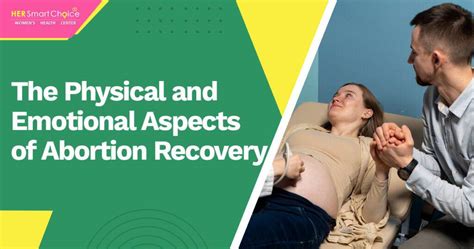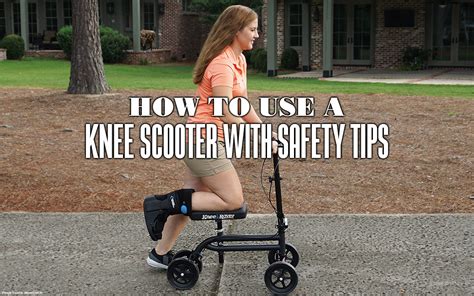Recovering from an abortion, whether it’s a medical or surgical procedure, requires careful attention to your physical and emotional well-being. The journey to recovery can vary significantly from person to person, but there are several dos that can help make this process smoother and faster. Here are ten key considerations to focus on for a quicker and more comfortable recovery:
Follow Post-Procedure Instructions Closely: The healthcare provider who performed the abortion will give you specific instructions to follow after the procedure. These instructions are designed to minimize complications and promote healing. They may include advice on rest, medication, follow-up appointments, and when to resume normal activities. Adhering strictly to these guidelines is crucial for a speedy recovery.
Stay Hydrated: Drinking plenty of water is essential for your overall health and can play a significant role in your recovery. Hydration helps your body to heal faster, reduces the risk of constipation (a common side effect of some pain medications), and can mitigate against fatigue. Aim for at least eight glasses of water a day, but adjust according to your specific needs and activity level.
Maintain a Healthy Diet: Eating nutritious food supports your body’s healing process. Focus on whole foods like fruits, vegetables, whole grains, lean proteins, and healthy fats. These foods provide essential vitamins, minerals, and antioxidants that can help in reducing inflammation and promoting recovery. Avoid heavy, greasy, or highly processed foods that can be hard to digest and may exacerbate discomfort.
Rest Adequately: Getting enough rest is vital for recovery. Your body needs time to heal, and rest allows it to devote its energy to the healing process rather than to daily activities. While it’s essential to get up and move periodically to prevent blood clots and stiffness, listen to your body and take naps or sleep when you feel the need to.
Manage Pain Effectively: It’s common to experience some level of pain or discomfort after an abortion. Your healthcare provider may prescribe pain medication or recommend over-the-counter options. Be sure to follow the prescribed dosage instructions carefully. Additionally, consider using heating pads or warm baths to help alleviate cramps and discomfort.
Practice Good Hygiene: Keeping the genital area clean can help prevent infection. Gently wipe from front to back to prevent bacteria from entering the vagina. Avoid using scented soaps, douching, or tampons (if you’ve had a surgical abortion) as these can introduce bacteria or irritate the area.
Seek Emotional Support: The decision to have an abortion and the recovery process can be emotionally challenging. Reach out to trusted friends, family, or a professional counselor for support. Sharing your feelings and experiences with others can help you process your emotions and cope with any stress or anxiety you may be feeling.
Attend Follow-Up Appointments: Your healthcare provider will schedule follow-up appointments to check on your recovery progress and ensure that you’re healing as expected. These appointments are critical for identifying and addressing any potential complications early. Make sure to keep these appointments and be open with your provider about any symptoms or concerns you have.
Be Patient: Recovery times can vary, and it’s essential to be patient with your body. Avoid rushing back into your normal routine too quickly, as this can lead to complications or prolong your recovery. Allow yourself the time and space to heal, both physically and emotionally.
Monitor for Complications: While complications are rare, it’s crucial to be aware of the signs and seek medical help immediately if you experience heavy bleeding, severe pain, fever over 100.4°F (38°C), foul-smelling discharge, or if you suspect an infection. Being vigilant and proactive about your health can significantly reduce the risk of complications and ensure a smoother recovery.
Remember, every individual’s recovery process is unique, and what works for one person may not work for another. By focusing on these dos and maintaining open communication with your healthcare provider, you can navigate your recovery with greater ease and comfort.


